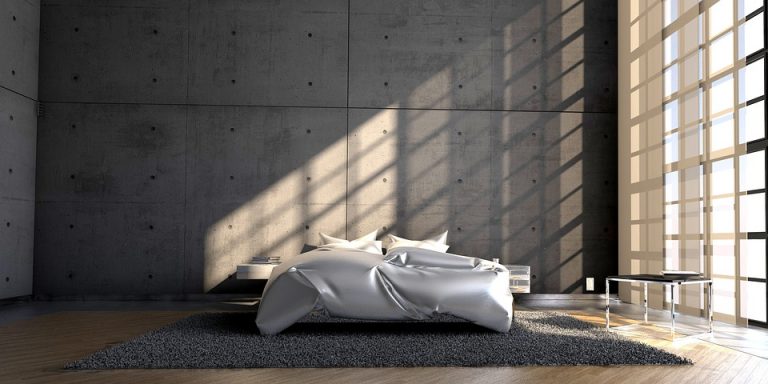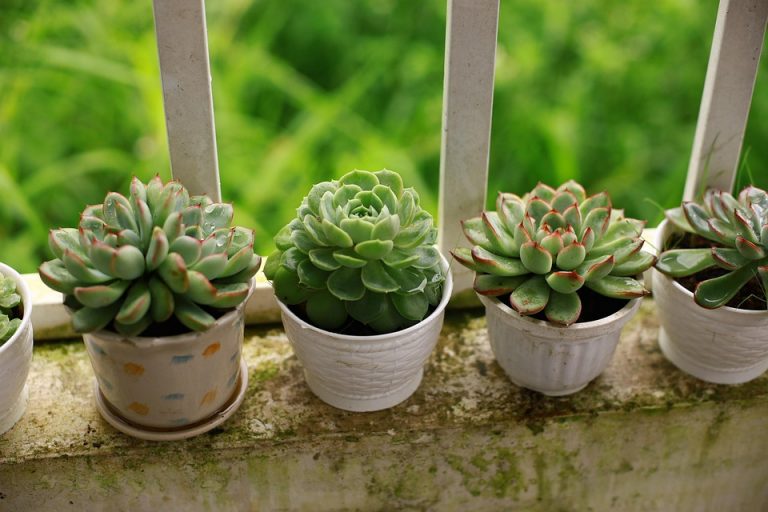Kitchen decluttering hacks are the small, fierce moves that make your tiny kitchen feel like a roomy, functional heart of the home. They’re not about perfection. They’re about reclaiming calm, saving time, and finally cooking without a pile of junk staring you down.
Why this matters to you: clutter steals energy, slows you down, and makes every meal feel harder than it should. Research from environmental psychology shows clutter affects focus and stress levels, which is why smart kitchen decluttering hacks matter as much to your mood as to your meal prep. I’ll walk you through seven practical, beautiful methods that actually work, with tips you can use tonight.
Contents
- Quick Win: Clear The Surface First
- Hack 1: Command The Vertical Space
- Hack 2: Use Functional Zones
- Hack 3: Slim Down Your Tools
- Hack 4: Make Cabinets Work Harder
- Hack 5: Control Paper And Plastic
- Hack 6: Declutter With Intent — The 30-Minute Rule
- Hack 7: Store Smart For Small Appliances
- How To Keep It From Creeping Back
- Real-Life Example: The Apartment That Breathed
- Tools And Products Worth Your Money
- Bottom Line
- FAQ
Quick Win: Clear The Surface First
I want you to try one simple test: clear one counter completely for 24 hours. Put everything else out of sight. You’ll notice how your hands move differently. The space breathes. This practice is one of the best kitchen decluttering hacks because it forces you to see what you actually use.
Start by grouping items into three piles: daily, occasional, and never. Be honest. If you haven’t used something in six months, it’s not sentimental; it’s clutter. Store occasional items in labeled bins. Toss or donate the rest. The lift you get from one empty surface will make you want to do more.
Hack 1: Command The Vertical Space
When floor space is small, think up. Shelves, pegboards, magnetic strips — they transform dead walls into working walls. Using vertical storage is a classic kitchen decluttering hacks tactic that designers and chefs both swear by.
Mount a magnetic knife strip to free drawer space and keep knives visible and safe. Add a pegboard for mugs and utensils; hooks are cheaper than cabinets and more forgiving than drawers. Open shelving forces you to curate, which is the secret ingredient behind lasting order.
Hack 2: Use Functional Zones
Create work zones: prep, cooking, coffee, and cleanup. When every tool has a nearby home, you waste fewer steps. This is one of the most underrated kitchen decluttering hacks because it reduces friction. You’ll spend less time searching and more time cooking.
Keep all coffee supplies—mugs, filters, beans—in one accessible basket. Store cutting boards next to knives. Place trash and recycling near the prep area. The result feels like choreography. Your kitchen begins to move with you.
Hack 3: Slim Down Your Tools
Wanna know a truth: owning everything does not make you prepared. It makes you crowded. Embrace multi-use tools. A good chef’s knife, a sturdy pan, a microplane, and a tight set of measuring spoons will cover most jobs.
I recommend doing a tool audit. Lay out every gadget and ask: Do I use this? Does it serve more than one purpose? If not, let it go. This simple trimming is one of the most honest kitchen decluttering hacks you’ll ever pull off.
Smart Swaps To Save Space
- Replace dozens of mismatched containers with one set of stackable, clear lids.
- Swap bulky spice jars for uniform tins or magnetic jars on the fridge.
- Use collapsible strainers and nesting bowls that tuck away.
These swaps may seem small. But they add up fast — like pennies that become dollars.
Hack 4: Make Cabinets Work Harder
Your cabinets are sleeping giants. Pull-out shelves, risers, and lazy Susans turn a dark void into an organized pantry. Think of cabinet organizers as investments that pay back in time and sanity.
Install tiered shelves so cans and spices are readable at a glance. Use clear bins labeled with broad categories: snacks, baking, grains. The less you have to open and reshuffle, the less clutter will accumulate.
Cabinet Layout That Lasts
- Top shelves: infrequently used items and seasonal tools.
- Middle shelves: everyday dishes and glasses.
- Bottom shelves: heavy pots and small appliances you use weekly.
When you treat cabinets like a system, it’s easier to maintain order for months.
Hack 5: Control Paper And Plastic
Paper towels, to-go menus, receipts, plastic bags — these are stealth clutterers. Put systems in place to stop them from breeding. One of the most effective kitchen decluttering hacks is to create a paper command center.
Mount a small wall file for mail and important receipts. Keep a cloth bag for produce that you reuse, and a clear recycling bin with a lid. Replace paper towels with reusable cloths stored in a small basket. These tiny rituals prevent the slow seep of junk.
Hack 6: Declutter With Intent — The 30-Minute Rule
Set a timer for 30 minutes and tackle one zone. You’ll be amazed how much a focused half hour can change. This is not deep cleaning; it’s surgical clearing. The 30-minute rule ranks high among practical kitchen decluttering hacks because it removes overwhelm.
Work quickly. Don’t bargain with every item. Make fast decisions using the “use it weekly” test. If you don’t use it weekly, consider giving it away. Repeat once a week to stay ahead. Small, consistent actions beat occasional overhauls.
Hack 7: Store Smart For Small Appliances
Appliances are the weight of clutter. If your toaster, mixer, and blender live on the counter, your kitchen will look crowded even when it isn’t. Store the appliances you use less than weekly. Keep one or two on the counter that you use daily.
Use appliance garages or a dedicated cupboard with an outlet inside. If you rarely use that rice cooker, box it and tuck it on a high shelf. Rotating appliances seasonally keeps counters free and your kitchen feeling spacious. That’s one of the most strategic kitchen decluttering hacks for limiting visual clutter.
Bonus: The One-In, One-Out Rule
For every new item you bring in, let one go. It’s a simple policy, but it keeps accumulation in check. Many professional organizers and behavioral economists back this rule because it creates balance and forces you to value what you already own.
How To Keep It From Creeping Back
Order is not a one-time event. It’s a set of behaviors you repeat. Commit to a weekly 10-minute tidy and a monthly 30-minute purge. Use baskets and labels so everyone in the household knows where things belong.
When you put things back where they belong, you keep the rewards of your work. You also save time. Studies on habit formation show that consistent small actions are more sustainable than radical changes. Use habit science to anchor your decluttering — it’s practical, not pretty, and it works.
Real-Life Example: The Apartment That Breathed
A friend of mine lived in a studio with a counter so narrow it looked like a shelf. We applied five of the kitchen decluttering hacks above: cleared the surfaces, used a pegboard, installed a pull-out shelf, reduced gadgets, and adopted the one-in, one-out rule.
Three weeks later she called me. She was making soup on that tiny counter, dancing between the pegboard and the sink. She said the kitchen finally felt hers. That’s not vanity. That’s reclaiming space for living.
Tools And Products Worth Your Money
Some purchases are worth it. Spend on clear, stackable food storage. Invest in a quality chef’s knife. Buy a magnetic strip for knives and a solid pegboard. These tools earn back money through reduced waste and less time spent hunting things down.
You don’t need a shopping list to start; you need discipline. Start with a 30-minute session. Then buy only what your plan actually needs.
Bottom Line
Bold, steady steps win. The seven kitchen decluttering hacks here are practical, tested, and loving. They lift your mood, shorten meal prep, and give you back the pleasure of cooking. Begin with one counter, try the 30-minute purge, and keep going. A clearer kitchen gives you a clearer day.
Be kind to yourself. Small wins build momentum. Your kitchen should serve you, not the other way around.
FAQ
FAQ
How often should I declutter my kitchen?
Aim for a short weekly tidy and a monthly deeper purge. Small, consistent efforts prevent big, exhausting cleanouts.
Yes. Labeling, zoning, and a shared one-in, one-out rule create accountability. Communicate the benefits; people respond to ease and calm.
What if I’m emotionally attached to kitchen items?
Start slowly. Keep one sentimental item visible, but limit how many you allow. Ask whether the item serves you or holds you back. Letting go is freeing, not betraying.
Are storage products really necessary?
Not always. Many solutions are low-cost: hooks, bins, a magnetic strip. Invest where it saves time and frustration, like stackable containers or a good knife.
Visual lien and to paragohras
References
- The American Psychological Association discusses how clutter influences stress and focus (http://www.apa.org/news/press/releases/2011/08/clutter).
- Harvard School of Public Health provides insights on habit formation and practical behavior change strategies (http://www.hsph.harvard.edu/nutritionsource/behavior-change).
- The National Institutes of Health host research on environmental impacts on mental health, relevant to living spaces and clutter (http://www.nih.gov/news-events).








